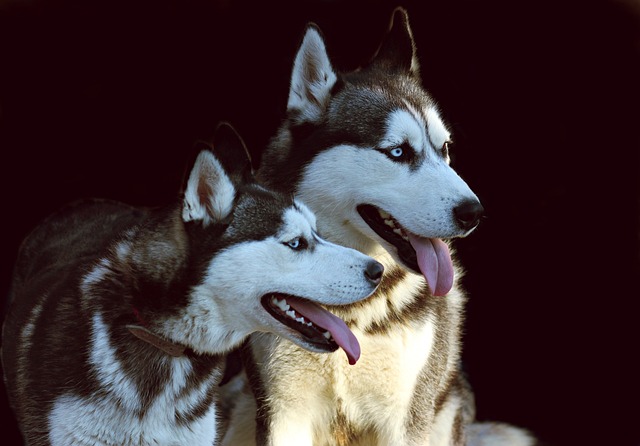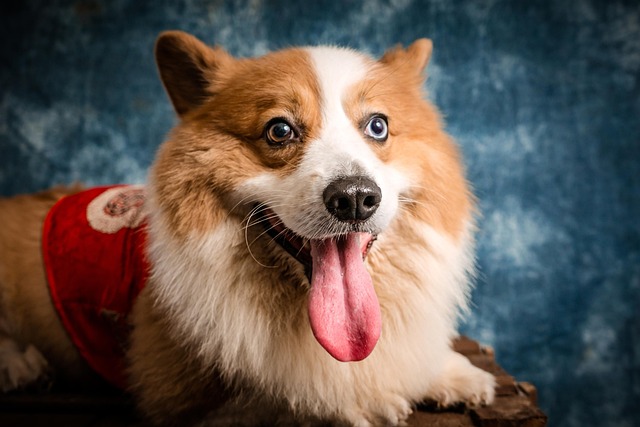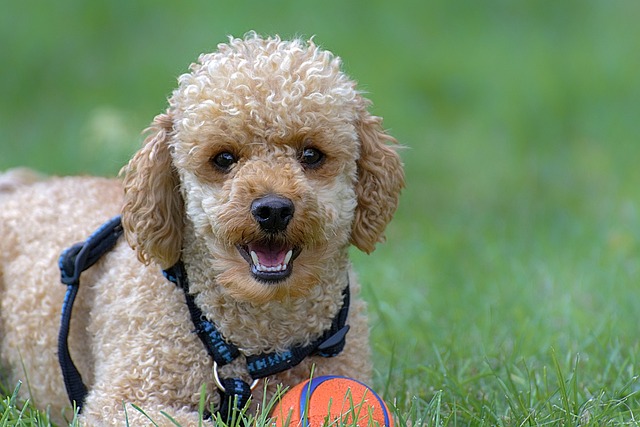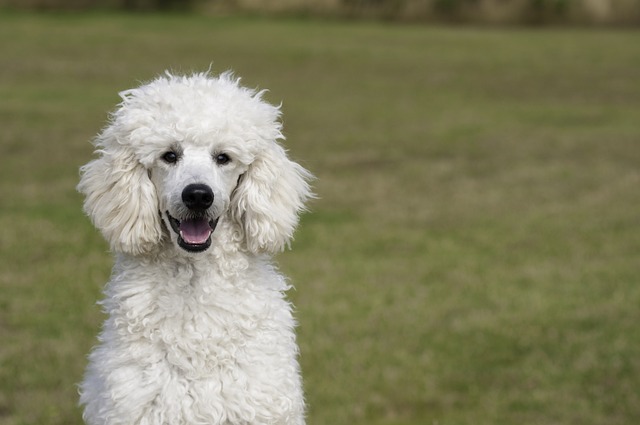Huskies, with their striking wolf-like features and boundless energy, are a beloved breed across Europe and North America—but anyone who’s shared a home with one knows their coats come with a catch: shedding. Unlike breeds with single-layer coats, huskies sport a dense double coat designed to survive Siberian winters, which means their shedding isn’t just a occasional nuisance—it’s a seasonal event that follows the rhythm of the sun and temperature. So when does this furry avalanche hit hardest? For most huskies in temperate regions like the UK, France, or the northern U.S., the heaviest shedding happens twice a year: once as spring unfolds (typically March through May) and again as fall takes hold (September to November).
Spring shedding is nature’s way of prepping for warmer weather. As daylight hours stretch longer, a husky’s body starts shedding its thick undercoat—the soft, insulating layer that kept them warm through snow and frost. You’ll notice tufts of fur clinging to couches, carpeting, and even your favorite sweater, often in clumps that seem to multiply overnight. Veterinarians in Colorado, for instance, report a 40% increase in husky owners scheduling grooming appointments in April, citing “unmanageable shedding” as the top reason. Fall brings a similar surge, but with a different goal: the undercoat thickens back up to trap heat, so you’ll find more fur collecting in corners as the first chills of October set in. In Scandinavia, where winters are harsher, this fall shed can start as early as late August, aligning with the region’s rapid shift from mild summers to cold snaps.
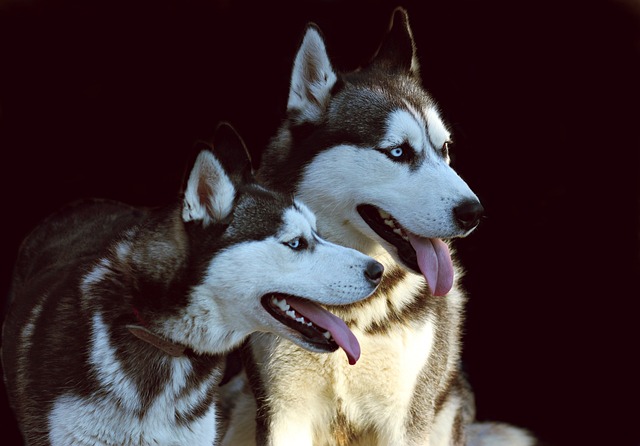 This seasonal cycle isn’t just about inconvenience—it ties directly to responsible ownership, especially under local laws. In Germany, for example, the Federal Animal Welfare Act requires owners to “maintain their pets in a manner that prevents harm to public health,” which includes keeping excessive fur from accumulating in shared spaces like apartment hallways or public parks. A 2023 survey by the UK’s Pet Food Manufacturers’ Association found that 12% of husky owners in London received warnings from local councils over unswept fur blocking drains, a violation of public hygiene regulations. Similarly, in parts of Canada, strata corporations often include clauses in bylaws requiring pet owners to manage shedding to avoid damage to common areas.
This seasonal cycle isn’t just about inconvenience—it ties directly to responsible ownership, especially under local laws. In Germany, for example, the Federal Animal Welfare Act requires owners to “maintain their pets in a manner that prevents harm to public health,” which includes keeping excessive fur from accumulating in shared spaces like apartment hallways or public parks. A 2023 survey by the UK’s Pet Food Manufacturers’ Association found that 12% of husky owners in London received warnings from local councils over unswept fur blocking drains, a violation of public hygiene regulations. Similarly, in parts of Canada, strata corporations often include clauses in bylaws requiring pet owners to manage shedding to avoid damage to common areas.
Grooming isn’t just about compliance—it’s key to your husky’s health. During peak shedding months, a slicker brush used 3-4 times a week can remove loose fur before it ends up everywhere else. Avoid over-bathing, though; stripping the coat of natural oils can trigger even more shedding. Professional groomers in Minnesota, a state with a large husky population, recommend using a de-shedding tool during March and October, noting that regular sessions can reduce loose fur by up to 50%. It’s also a good time to check for skin irritations, as matted fur can hide hot spots or parasites—something UK vets emphasize in line with the Animal Welfare Act’s requirement to prevent unnecessary suffering.
Huskies thrive on routine, and their shedding patterns can even reflect their environment. Indoor huskies in climate-controlled homes might shed less predictably than those living outdoors, as artificial heat disrupts their natural cycle. This is something to note if you’re navigating strict housing rules, like those in some parts of France where landlords can restrict certain breeds based on perceived “maintenance issues”—a label that’s easily avoided with consistent grooming.
Understanding your husky’s shedding rhythm isn’t just about keeping your home clean; it’s a cornerstone of ethical ownership. By syncing your care routine with their seasonal needs, you’re not only following local regulations but also ensuring your pup stays comfortable year-round. After all, a well-groomed husky is a happy husky—and a happy neighbor, too.
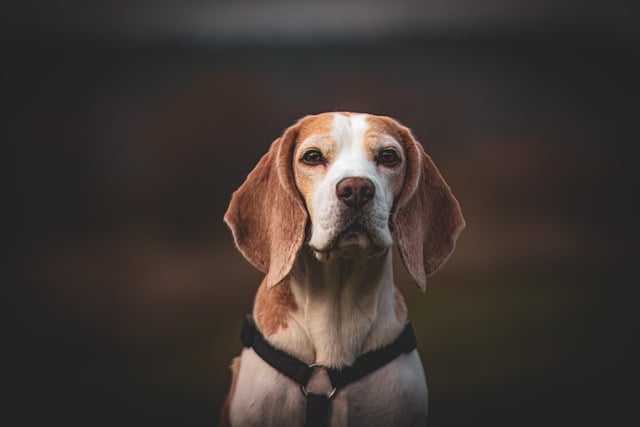
 This seasonal cycle isn’t just about inconvenience—it ties directly to responsible ownership, especially under local laws. In Germany, for example, the Federal Animal Welfare Act requires owners to “maintain their pets in a manner that prevents harm to public health,” which includes keeping excessive fur from accumulating in shared spaces like apartment hallways or public parks. A 2023 survey by the UK’s Pet Food Manufacturers’ Association found that 12% of husky owners in London received warnings from local councils over unswept fur blocking drains, a violation of public hygiene regulations. Similarly, in parts of Canada, strata corporations often include clauses in bylaws requiring pet owners to manage shedding to avoid damage to common areas.
This seasonal cycle isn’t just about inconvenience—it ties directly to responsible ownership, especially under local laws. In Germany, for example, the Federal Animal Welfare Act requires owners to “maintain their pets in a manner that prevents harm to public health,” which includes keeping excessive fur from accumulating in shared spaces like apartment hallways or public parks. A 2023 survey by the UK’s Pet Food Manufacturers’ Association found that 12% of husky owners in London received warnings from local councils over unswept fur blocking drains, a violation of public hygiene regulations. Similarly, in parts of Canada, strata corporations often include clauses in bylaws requiring pet owners to manage shedding to avoid damage to common areas.